5th Procurement India Leadership Forum and Awards
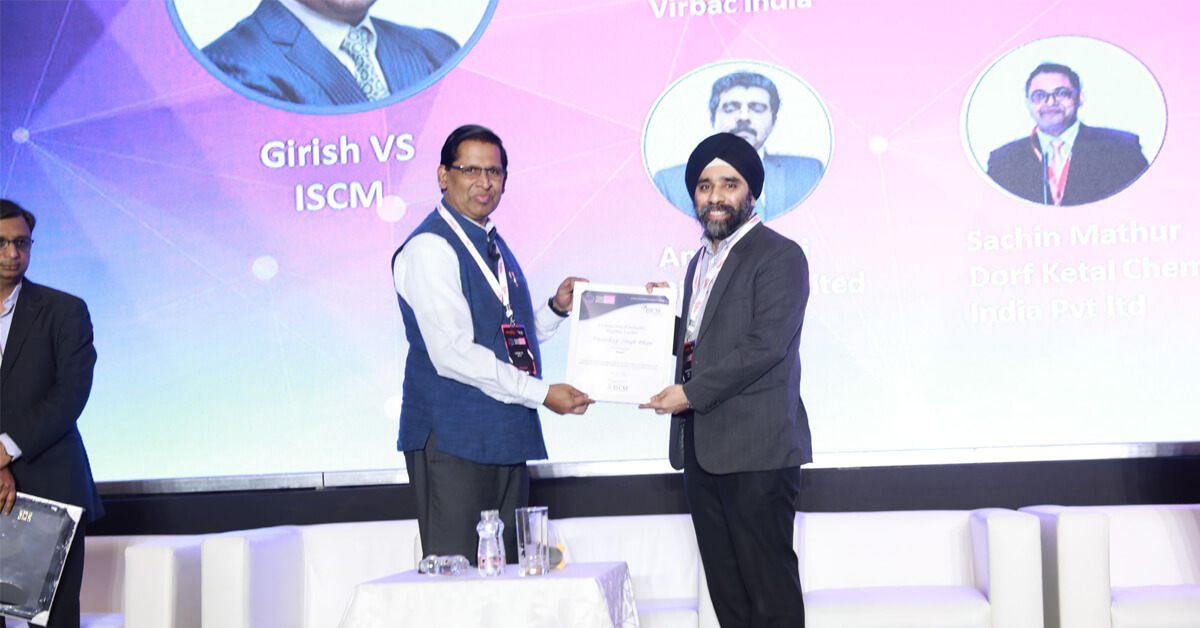
5th Procurement India Leadership Forum and Awards
Date : February 4 , 2023
Organizer: ISCM Forums
About the Event: Mr. Amandeep Singh Bhan, Senior Vice President, Moglix recently shared his perspective on ‘Synchronizing Planning and Procurement – transforming linear, sequential supply chains into digital supply networks’ at the 5th Procurement India Leadership Forum & Awards organized by ISCM Forums in Mumbai.
FICCI Young Leaders’ session “Connect the dots”
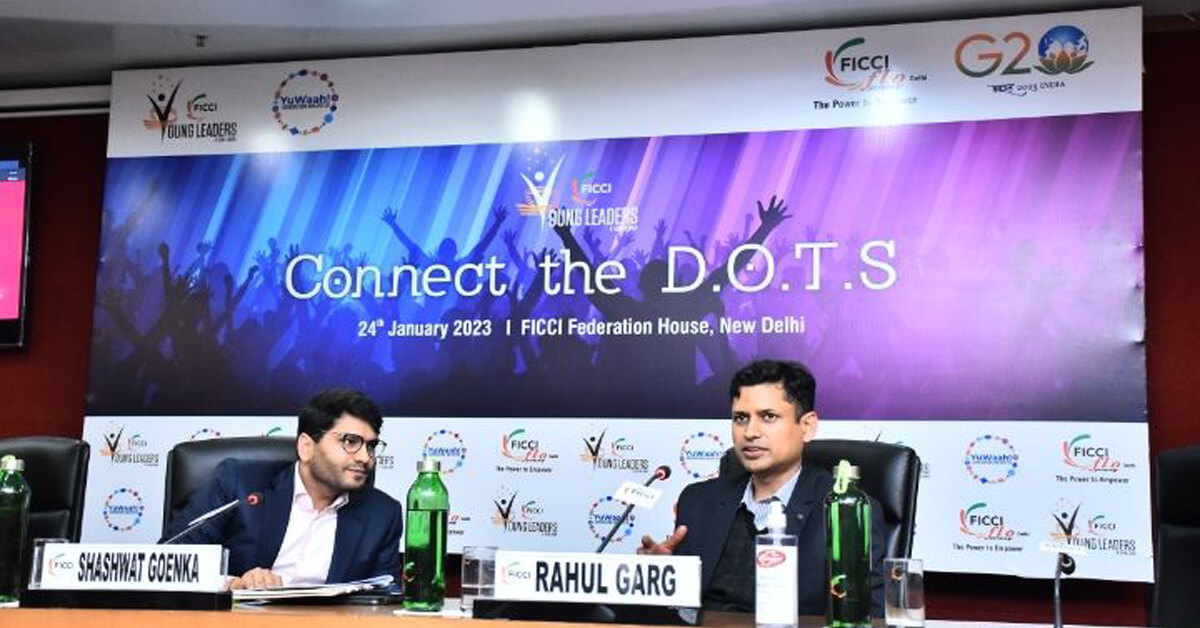
FICCI Young Leaders’ session “Connect the dots”
Date : January 24 , 2023
Organizer: FICCI Young Leaders Forum (FYL).
About the Event: Mr. Rahul Garg, Founder & CEO, Moglix shared his experiences at the second edition of ‘Connect the dots’ – a series of thought exchange sessions with the ‘Young Achievers of India’ organized by the FICCI Young Leaders Forum (FYL).
IMA Bangalore Chapter
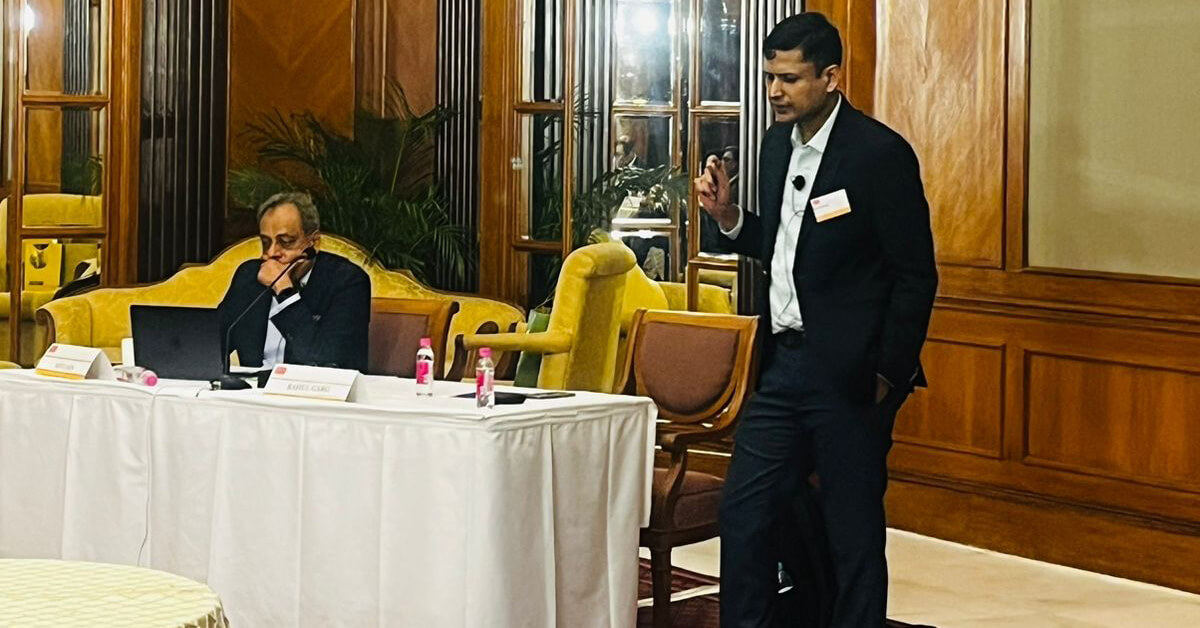
IMA Bangalore Chapter
Date : January 11 , 2023
Organizer: IMA India
About the Event: Mr. Rahul Garg, Founder & CEO, Moglix shared his thoughts on Moglix’s journey on ‘Unscrambling Unicorns’ at IMA India’s CEO Forum Session.
The Future of Industrial Safety Shoes: Materials and Design

The Future of Industrial Safety Shoes: Materials and Design
A safe working environment is a must for every organization. The well-being of employees should always be top priority and companies must take the necessary steps to ensure their safety. This involves recognizing potential health hazards and implementing robust safety management strategies. It is crucial for companies to prioritize safety and invest in adequate protective gear and equipment to mitigate risks.
One of the key steps in maintaining workplace safety is identifying potential hazards. This includes analyzing the nature of work, the equipment being used, and the working environment to determine the potential risks. Based on this analysis, the company must provide its employees with the appropriate protective gear and equipment to reduce the chances of accidents.
Foot injuries are a common example of workplace hazards that can escalate quickly if not addressed in time. To prevent such incidents, companies should ensure that employees wear proper footwear that is designed to provide protection and prevent foot injuries. According to the Bureau of Labor Statistics (BLS), slips, trips, and falls are among the leading causes of occupational injuries and account for a significant portion of foot injuries. In the US, foot injuries result in thousands of lost workdays each year and cost employers millions of dollars in workers’ compensation claims
Evolution of Safety Shoes
The evolution of safety footwear has been a response to the increasing concern for workplace safety and the implementation of compensation laws for industrial injuries. Historically, workers in various industries relied on wooden blocks, known as “sabots,” to protect their feet. However, as the awareness of the need for improved worker welfare grew, and compensation laws became stricter, companies began to prioritize worker safety.
It was during this time that the Red Wing Shoes Company pioneered the development of steel-toed safety shoes in the 1930s. Since then, safety footwear has continued to adapt and advance to meet the ever-changing demands of various industries, from manufacturing to healthcare. The result has been the creation of safety shoes that are not only lightweight and durable but also effectively protect workers from potential hazards.
Let’s look at some of the popular safety shoes available:
| Shoe Type | Industry | Benefit |
| Electric Hazard Safety Shoes | High voltage machinery,writing, and electricity | Reduces the chances of receiving shock |
| Slip Resistant Safety Shoes | Hotels, Restaurants, Food,Oil & Gas | Better grip on wet and greasy floors due to rubber soles and tread patterns. |
| Steel Toed Safety Shoes | Healthcare, Hospitals, Packers & Movers, Construction | Made of steel or alloy toe caps covering toe area |
| Lightweight Safety Shoes | Sports,strength Straining | They support your natural movement without compromising on protection |
| Ergonomic safety shoes | All industries | Keeps your feet in the proper position so that it remains pain-free |
Industrial Safety Shoes: The Story Ahead
Advent of synthetic materials has enabled the creation of industry-specific safety shoes that do not sacrifice comfort or mobility. Despite the integration of new materials, leather remains the primary outer material utilized in safety footwear, though technical fabrics like Gore-Tex© are gaining widespread adoption. The soles of most safety shoes are constructed from rubber, polyurethane (PU), thermoplastic polyurethane (TPU), or a combination thereof, but premium brands may utilize high-performance rubber such as Vibram©. Experts in the field are currently exploring the potential for “safety-smart” footwear, incorporating not only improved comfort, but also incorporating personal data feedback and avant-garde design aesthetics.
Safety Partner
To ensure optimal foot safety, having the right pair matters the most. With Moglix as your trusted partner, you have access to wide variety of safety products & services across industries, addressing all types of applications with strong focus on quality and cost efficiency. TRUST MOGLIX for certified & complaint industrial safety products delivered, anywhere in India.
An insiders guide-Knowing difference between safety shoes and work boots

An insiders guide-Knowing difference between safety shoes and work boots
Put your best foot forward in safety!
Your footwear can make or break your workplace safety game. Ensuring your workforce has a reliable pair of safety shoes can mean the difference between a safe workday and a potential injury. An increasing number of firms are taking steps to safeguard their employees by choosing to invest in high quality protective footwear. Global Market Insights Inc. predicts the worldwide Industrial Safety Footwear Market to soar beyond the USD 11 billion mark by 2030.
Protection against Workplace Hazards: Safety Shoes vs Regular Work Boots To further understand the differences between safety shoes and regular work boots, let’s take a closer look at key features and how they protect workers in hazardous environments:
Design intent – Basic and most rudimentary difference between a safety shoe and a work boot is the design intent. A work boot is designed for comfort and style, while a safety shoe is designed to safeguard user against unseen but common workplace hazards
Features – Regular work boots may be comfortable and stylish, but they lack crucial protection against workplace hazards. This is where safety shoes play an important role in ensuring workers’ safety. They come equipped with features like steel-reinforced toes to prevent injury from falling objects and puncture-resistant soles to protect against sharp objects on the job site. These shoes serve as a crucial line of defense in the workplace.
Certified – Certified safety shoes are designed to adhere to the stringent regulations set by OSHA and ASTM International. These standards encompass various safety measures, such as protection against electrical hazards, impact resistance, slip resistance, and others, ensuring that workers are effectively safeguarded from work related dangers.
All weather – Safety shoes are essential in adverse conditions as they protect workers from a range of hazards that are specific to the environment. For instance, workers in cold and wet environments need insulation to keep their feet warm and dry, while workers in hot environments may need breathable and cooling features to avoid heat-related stress.By using safety shoes in adverse conditions, workers can better protect themselves and perform their jobs more effectively.
Extra support – Protection and security are crucial for both immediate safety and long-term wellbeing. Safety shoes are engineered with features that provide optimal support, comfort, and protection for individuals who stand for extended periods. The extra heel and arch support in these shoes helps to lower the risk of injury, reduce discomfort, and maintain good posture over time. Designed to withstand the wear and tear of tough work environments, safety shoes are ideal for workers who are constantly on their feet.
Putting the best foot forward
To guarantee worker safety and efficiency, it’s crucial to differentiate between safety shoes and normal work boots. For a comprehensive range of premium quality, certified products from leading brands, Moglix is your ultimate destination. Trust Moglix to provide sturdy, safe footwear that complies with safety regulations, easily accessible throughout India
Stepping Up Safety: A Comprehensive Guide to Choosing the Right Workplace Shoes

Stepping Up Safety: A Comprehensive Guide to Choosing the Right Workplace Shoes
Wearing safety shoes in the workplace is necessary to prevent injuries and protect workers from hazards such as falling debris, sharp objects, electrical hazards, and more. According to the Occupational Safety and Health Administration (OSHA), employers are responsible for providing employees with protective OSHA-compliant safety shoes when necessary. With various industries having different safety requirements, choosing the right type of safety shoe for the job is crucial.
Types of safety shoes
Steel Toe Shoes: These shoes are ideal for heavy-duty work environments where workers are exposed to heavy impacts and falling objects. The steel plate in the toe cap protects the feet from injuries caused by such impacts.
Composite Toe Shoes: Composite-toe shoes offer the same level of protection as steel-toe shoes but with a lighter weight and increased comfort. The composite material in the toe cap is lightweight and flexible, making it ideal for workers who need to be on their feet for long hours.
Slip-Resistant Shoes: Slip-resistant shoes are designed for workers who work on slippery surfaces or in wet conditions. These shoes are ideal for workers in the food and hospitality industry, construction workers, and those who work in wet environments.
Puncture-Resistant Shoes: These are engineered for workers often exposed to sharp objects, such as nails and broken glass. These shoes are ideal for construction workers, roofers, and those who work in environments with sharp objects.
Electrical Hazard Shoes: Electrical hazard safety shoes are designed for electrical workers and those who work near live wires. These shoes are made with non-conductive materials and are designed to keep the electrical current from flowing through the wearer’s body by providing necessary insulation.
Finding the perfect fit
Essential safety features: The most crucial aspect to consider when buying safety shoes is their ability to provide adequate protection against hazards. Shoes should be constructed with reliable and durable materials, including metatarsal guards, safety toe caps, and steel plate soles.
Comfort as a priority: Since safety shoes are primarily designed for use in adverse conditions, comfort is crucial. Shoes should have ample room for the toes, support the arch and heel, and be suitable for use in warm and cool climates.
Proper fit for optimal performance: Proper fit and ergonomics are crucial for the effectiveness of safety shoes in the long haul. The instep should fit snugly, and the ball of the boot should hold the ball of the foot for adequate grip.
Durable outsole offerings: In addition to insole safety measures, it is also important to consider the outsole features of safety shoes. Shoes should have a robust build that provides resistance against heat, chemicals, etc.
Balancing cost and quality: While purchasing from a trustworthy brand is recommended, it is also important to ensure that their features and capabilities justify the price of the shoes.
A stepping stone to a safer workplace
To ensure optimal foot safety, having the right pair matters the most. With Moglix as your trusted partner, you have access to wide variety of safety products & services across industries, addressing all types of applications with strong focus on quality and cost efficiency. TRUST MOGLIX for certified & complaint industrial safety products delivered, anywhere in India.
Why SMEs are Turning to MSPs for Data Protection and Cybersecurity?
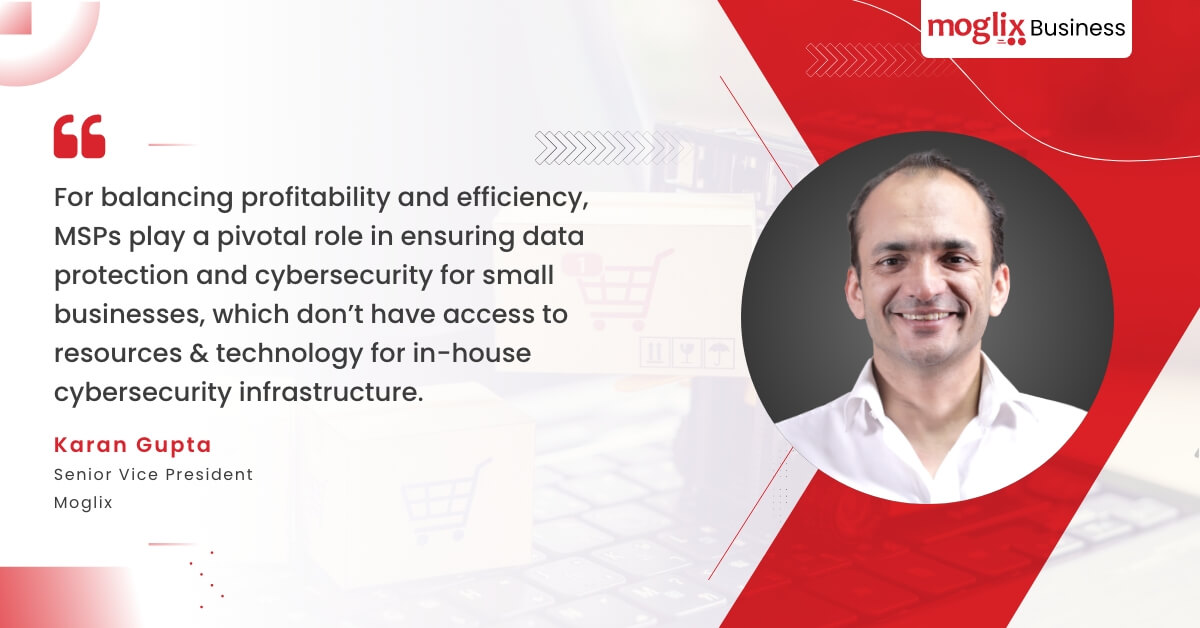
Why SMEs are Turning to MSPs for Data Protection and Cybersecurity?
Earlier this year, records from the ministry of micro, small and medium enterprises (MSMEs) pegged the number of businesses in this category at over 7.9 million. Given the sheer size of the SME segment, it is evident that small businesses play a crucial role in India’s race to become a $5-trillion economy. Nearly 8 million SMEs dot India’s landscape today.
That said, they have their fair share of hurdles to tackle, with cybersecurity (or the lack of it) being one of the most threatening. Around 43 per cent of cyberattacks in the country target small business startups, and most SMEs are ill-equipped to handle such cyber risks. And even more alarmingly, over half of the SMEs, that fall victim to cyberattacks close down within six months.
Returning to On-Site Work: The Benefits of Moving Away from the Remote-Work Model
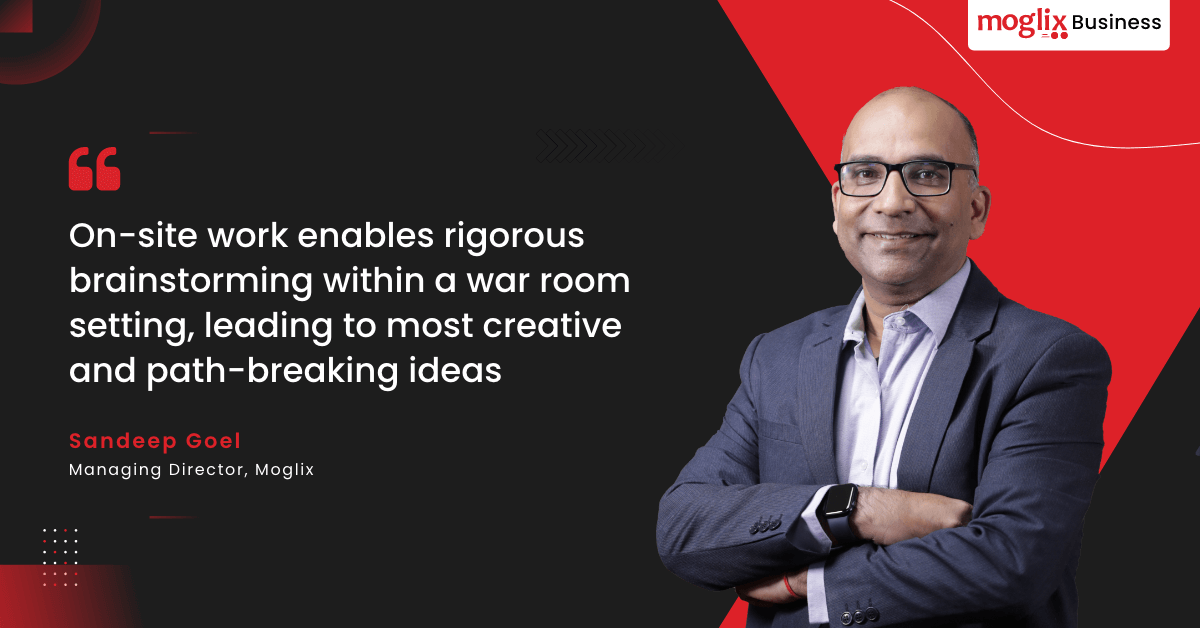
Returning to On-Site Work: The Benefits of Moving Away from the Remote-Work Model
With Covid-19 pandemic radically transforming the way how we live and work, its impact on workplace dynamics is something that has been observed and experienced for a prolonged period than expected. Owing to frequent local and global restrictions for most part of last two years, most organizations adopted hybrid workplace model with remote work becoming the mainstream model. Although the transition entailed a host of challenges, adopting tech-enabled virtual interactions made it viable after a few initial setbacks.
Breaking Barriers: The Next Big Frontiers in Fashion Supply Chain for 2023 and Beyond
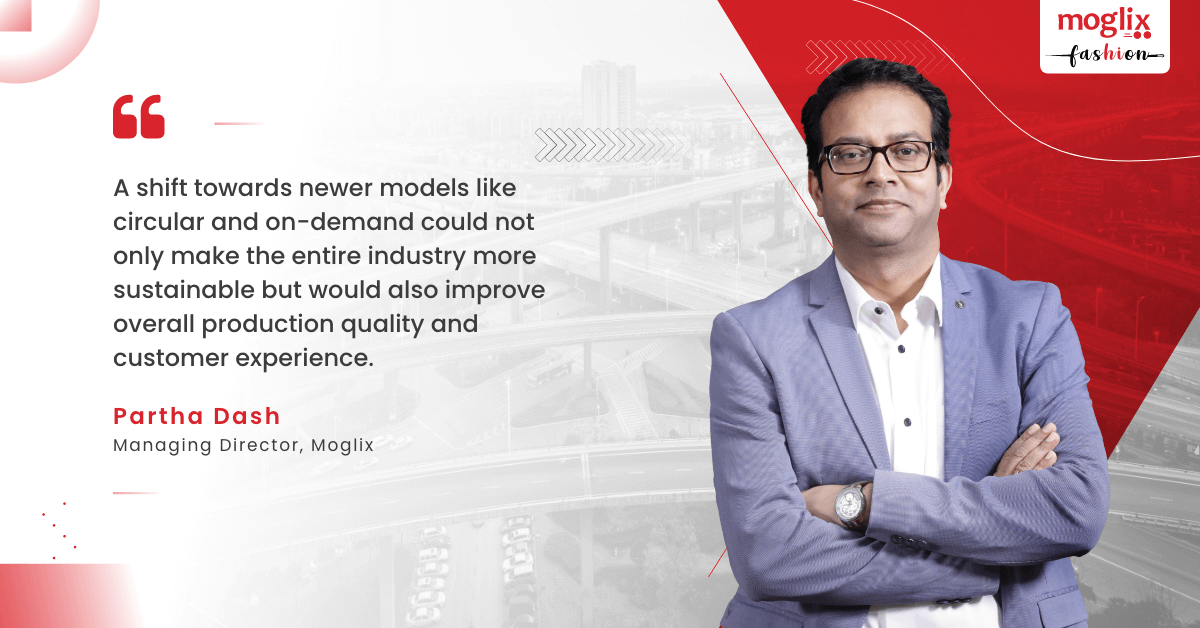
Breaking Barriers: The Next Big Frontiers in Fashion Supply Chain for 2023 and Beyond
Did you know that 8-10% of carbon emissions are caused by the fashion industry alone? That is more than all the international flights and marine shipping industry combined. The fashion industry is a market worth $1.5 trillion U.S. dollars and is predicted to increase to approximately 2 trillion dollars by 2026. However, despite the market size, the industry burns with several significant challenges that need immediate attention. The fashion industry has been running on traditional production models from ages.
Conventional production hubs such as India, Bangladesh, and Vietnam have long been known for their production models based on cheap labour, access to raw materials, and low-cost manufacturing.
The Future is Now: How AI-based Industrial Bearings are Transforming Industry 4.0
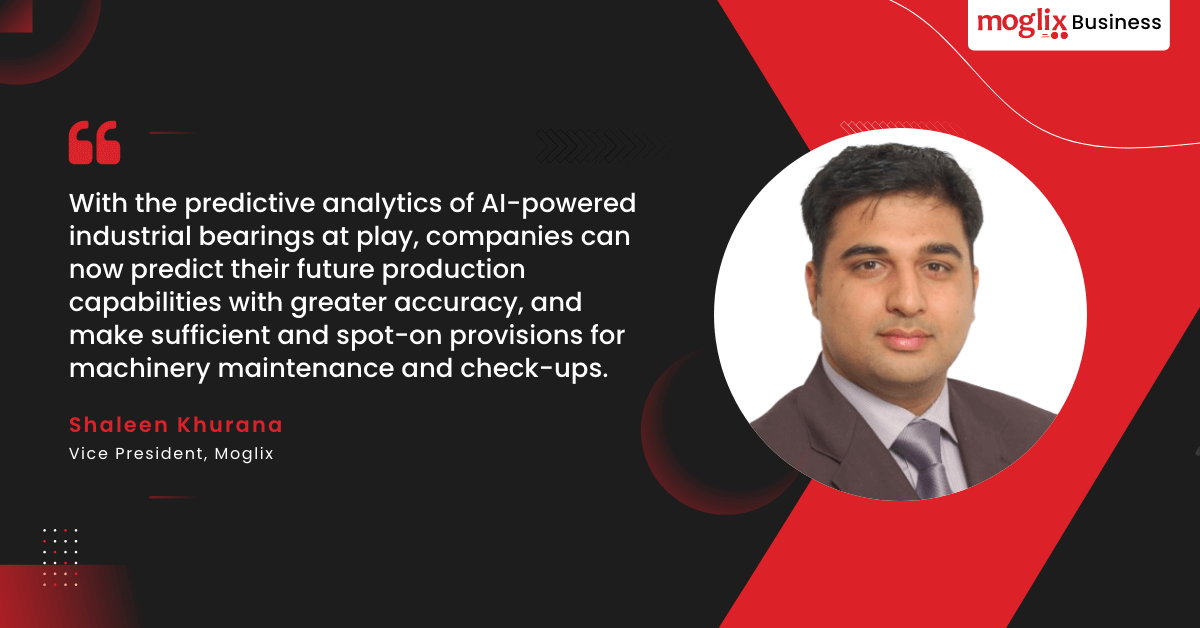
The Future is Now: How AI-based Industrial Bearings are Transforming Industry 4.0
In a highly industrialized era, it is a bearing that makes the world go round. Take any industrial technology propelling the world forward, and chances are that there is a rotating or a rotary mechanism operating at its heart. Be it a pressing machine, pump, motor, bike, car, escalator, elevator, turbine, windmill, heavy equipment, or capital machinery- everywhere you look, you are likely to find the humble bearing, hidden from plain sight yet working away tirelessly in the background. Take the modest bearing out of the picture; one would be hard-pressed to recreate our modern manufacturing and economic edifice without it.
